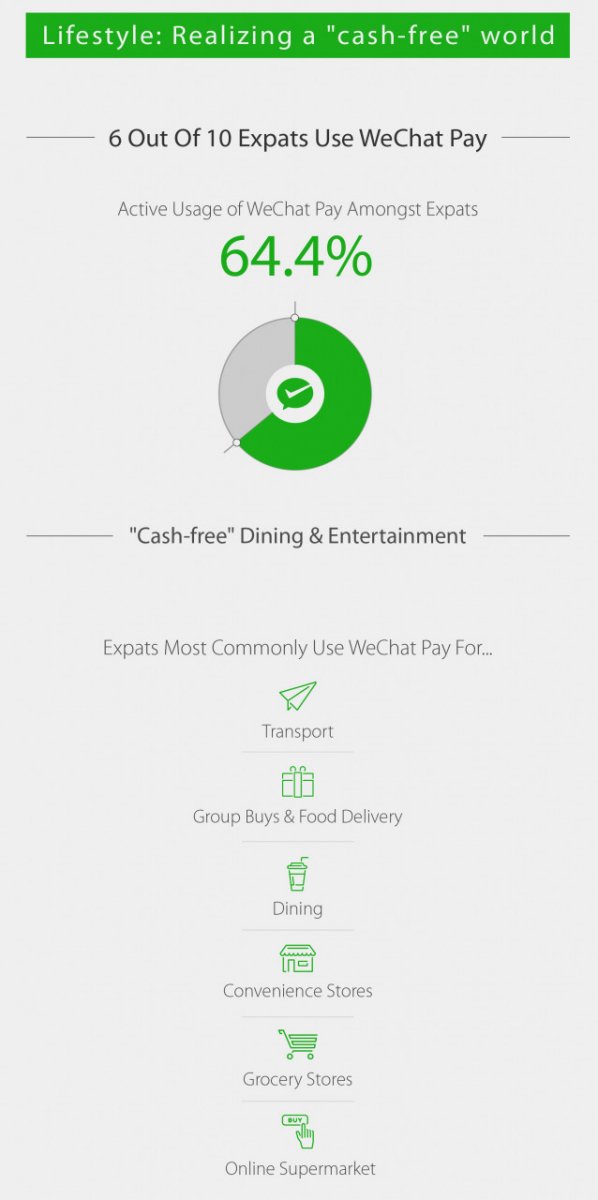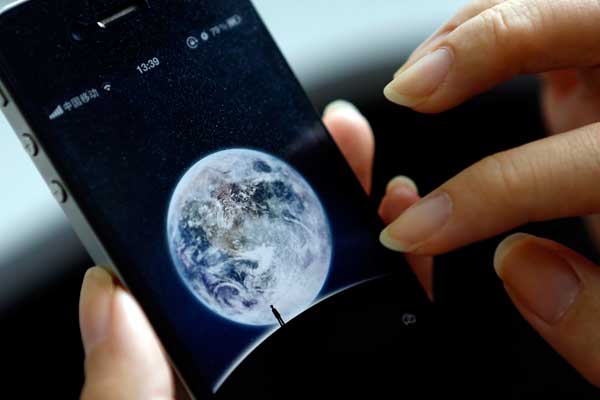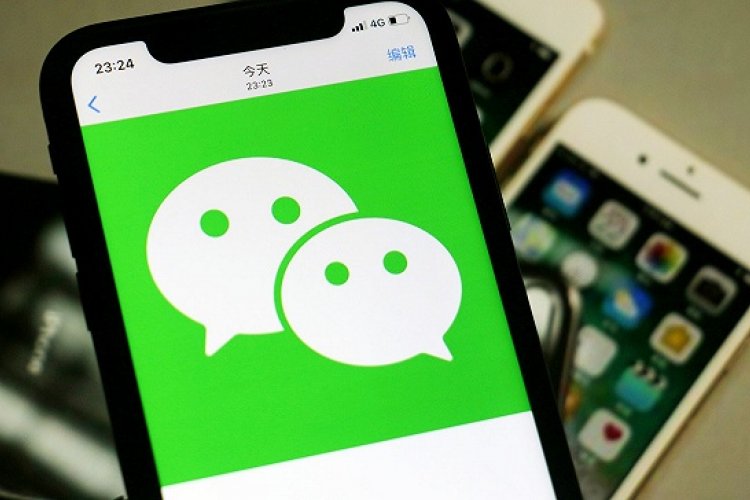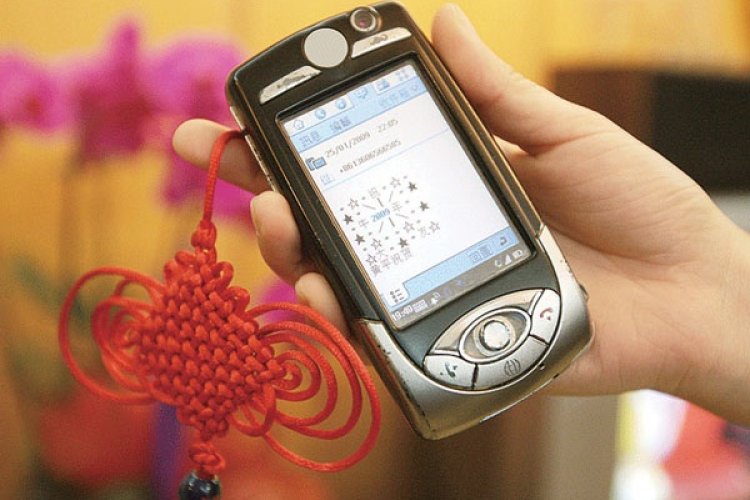Foreigners Are Out-WeChatting China's Most Active WeChatters
This post comes courtesy of our content partners at TechNode.
A WeChat report shows expats use the service more than the most active local users.
The statistics were released in the form of a brief infographic comparing usage of the app by foreigners in China versus classic users. Expats (在华外国用户 zài huá wàiguó yònghù), according to the report, refers to users with a non-Chinese interface and “typical users” (典型用户 diǎnxíng yònghù) refers to Chinese users born between 1980 and 1995.
Given that this group was singled out as the most active users in previous reports, this means that non-Chinese are far out-WeChatting China’s most active WeChatters.

Non-Chinese WeChat users based in China send 60 percent more text messages than ‘typical’ users. They send 45 percent more stickers. They do 42 percent more WeChat voice calling and 13 percent more video calling. Less surprisingly, foreigners use the translation function three times as much as typical users.
The release also shows foreigners send 10 hongbao a month and 64.4 percent use WeChat Pay. There’s no mention of the use of Moments.
The definition of expat here can be a bit misleading given that ‘China’ isn’t clearly defined and the results could be quite different whether or not they include the huge numbers of people from Hong Kong, Macau and Taiwan living in China.

Excluding those people, according to the 2010 census, there were around 600,000 foreign nationals in China and, according to a survey by InterNations, the average age was 42. Clearly, we don’t know what the average expat WeChat user age or general demographic is when used in this report, but the average age of foreigners was a little older than we thought and older than the native typical user group. And, splitting hairs, we don’t know if the ‘typical users’ are actually in China or how many expats, such as those here at TechNode, are using WeChat in Chinese.
But if the figures are what we think they are, then sending 60 percent more messages is a huge difference. While the expats are using the app within the context of living in China which is not representative of living and using WeChat elsewhere (and the report is explicit that the foreigners are in China rather than general overseas usage), it does at least show how foreign users embrace the platform.

While the infographic does not mention how much time all this WeChat use by foreigners is taking, a previous report by Tencent used ‘more than four hours’ as the top category of time spent per day on WeChat and 33.9 percent of its users were already in that category in 2016, up from 16.3 percent in 2015. The average foreign users would be squarely in this bracket.
READ: New WeChat Feature Shows That Starbucks is No Longer a Foreign Brand
The release comes soon after the announcement by WeChat of its intention to take WeChat Pay to the US, though seeing as only less than two-thirds of foreign users submerged in the world of mobile payments are using the function, Chinese users abroad may be relied upon to make up the vast majority of payments.
You can read all of our WeChat coverage here.
Images: WeChat, InterNations







